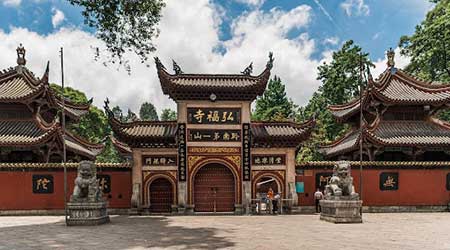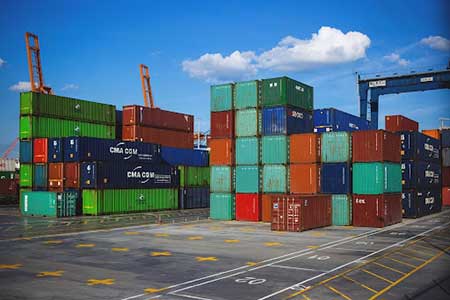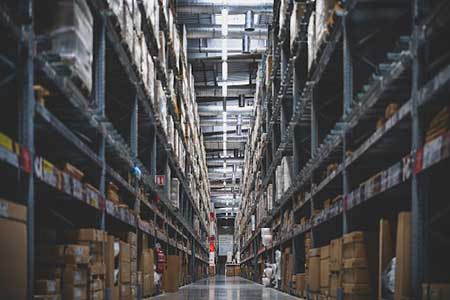 Manufacturing products overseas is a cost-effective way to bring your product to market. It can seem like an overwhelming process, especially if it’s your first time. No one likes feeling like a fish out of water, so here we will be going over the four key steps that beginners to overseas manufacturing can follow to maximize their chances of success.
Manufacturing products overseas is a cost-effective way to bring your product to market. It can seem like an overwhelming process, especially if it’s your first time. No one likes feeling like a fish out of water, so here we will be going over the four key steps that beginners to overseas manufacturing can follow to maximize their chances of success.
Step #1
Finalizing Your Design
 You should make sure your product design is exactly as you want it. Most overseas manufacturers, especially those in China do not do engineering work. They also won’t be familiar with U.S. laws and regulations either. Clear designs will also save time in communicating overseas and reduce any potential back and forth that could have been skipped by having those clear finalized product drawings.
You should make sure your product design is exactly as you want it. Most overseas manufacturers, especially those in China do not do engineering work. They also won’t be familiar with U.S. laws and regulations either. Clear designs will also save time in communicating overseas and reduce any potential back and forth that could have been skipped by having those clear finalized product drawings.
These should be done in 2D Pdf and 3D manufacturing files called CAD (Computer Aided Drafting) files.
Your manufacturing drawings will also be the standard that factories will use to determine what will make a good or bad part or product. We have contacts with engineers that can help you get your designs finished if you need. Then we can get a cost efficient prototype made from our overseas manufacturers.
Step #2
Finding a Qualified Manufacturer
 Once you are satisfied with your design, the next step is to find a manufacturer to make you product. You basically have two options, find an overseas company on your own or use a sourcing company to find one for you. Finding one on your own can prove challenging. It can be very hard to know who you are dealing with several thousands of miles away. You won’t really know if you are dealing with a factory or a scam artist looking for a quick con unless you go and visit them.
Once you are satisfied with your design, the next step is to find a manufacturer to make you product. You basically have two options, find an overseas company on your own or use a sourcing company to find one for you. Finding one on your own can prove challenging. It can be very hard to know who you are dealing with several thousands of miles away. You won’t really know if you are dealing with a factory or a scam artist looking for a quick con unless you go and visit them.
Then there are the language and culture differences. Chinese culture is very different from ours, and that extends to how they conduct business as well. Theirs is far more relational whereas ours is much more transactional. If you don’t know how to navigate the cultural differences you’ll have a hard time building relationships there.
We have long established relationships with our partners overseas who take the utmost care to protect your product and its intellectual properties. We’ve been working with them for over decades and they work tirelessly to ensure that manufacturing your product in China is seamless and pain free.
Step #3
Shipping and Customs
 You can expect to have shipping and customs costs with your order. There are something called incoterms, which are abbreviated shipping terms that say what type of shipping will be used. The most common one is CIF which stands for the cost, insurance and freight to the chosen port. Every major city has a customs port, they aren’t restricted to the ocean as the name might imply.
You can expect to have shipping and customs costs with your order. There are something called incoterms, which are abbreviated shipping terms that say what type of shipping will be used. The most common one is CIF which stands for the cost, insurance and freight to the chosen port. Every major city has a customs port, they aren’t restricted to the ocean as the name might imply.
There are also what’s called FCL and LCL shipments. FCL, or “Full Container Load”’, means that you are renting an entire cargo container. If you order in enough volume then FCL will be the way to go, otherwise it’s more economical to go with LCL shipments, or “Less than full Container Load”. LCL shipments will share space with other shipments.
You’ll need to have a customs broker to clear your shipment at port. With sea shipping, there are some documents that need to be filed with the U.S. government before your order can be delivered. These are what’s called an Importer Security Filing (ISF) and the bill of lading. We’ll make sure those documents get sent to your customs broker so that it will be handled. If you need a customs broker, we can refer you to one.
Step #4
Distribution Planning
 Have a plan to distribute your product. How are you going to get your product in the hands of your customers?
Have a plan to distribute your product. How are you going to get your product in the hands of your customers?
There are several options available.
- Sell it at your own stores
- Use a third party like amazon or a 3PL distributor to warehouse and sell your product
- Sell your product directly to retailers such as Walmart or Target
These are just a few of the routes you can go, but you will want to have this planned beforehand.
Remember that overseas manufacturing can be a significant undertaking, so it’s essential to do thorough research, seek expert advice when needed, and be patient and flexible as you navigate the process. It’s not an overnight process, but with our team of sourcing agents, we take great care to help you in every way possible.
